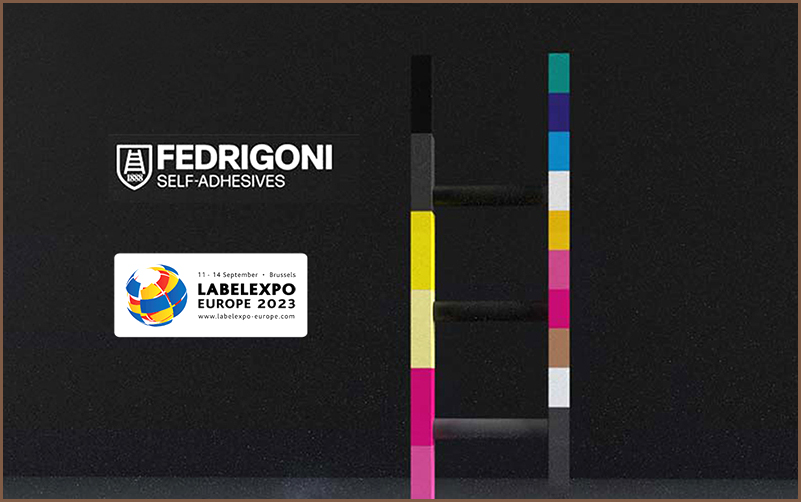
Climate Crisis and Consumer Preferences move Green Printing Forward: Smithers
19 October 2021: Consumers are seeking and championing brands that commit to sustainability and in the process they are a key driver in the growth of green printing. A new market report from Smithers, ‘The Future of Green Printing Markets to 2026’ takes an in-depth look at the environmentally and socially sustainable materials being used by the print industry and leading brands to address consumer concerns as well as the design and production efficiencies that create more sustainable products.
While printing may not be the primary offender in the proliferation of greenhouse gases, printing supply chain networks and life cycle do contribute. Greenhouse gases from human activities are the most significant driver of observed climate change since the mid-20th century. Worldwide, net emissions of greenhouse gases from human activity increased by 43% from 1990 to 2015.
Printing processes currently add to these emissions through the use of fossil fuel energy to run equipment, to transport raw materials and finished goods and to support the process in general. The manufacturing and exhausting of volatile organic compound (VOCs) from solvent-based printing processes, the manufacturing of paper and plastic substrates, ink, cleaning solutions and so on all add to these gas emissions.
Green printing is more than just using recycled paper. For printing to be green the supply chain must find ways to ‘clean up their act’. If one link in the supply chain changes a requirement, product or method of processing, it has the potential to affect the rest of the network. Ultimately, moving to a circular economy based on the principles of designing out waste and pollution, keeping products and materials in use, and regenerating natural systems will enable us to put the brakes on the rise in greenhouse gases.
The growing movement toward sustainable products and practices has pushed brands to adjust their products and practices in order to remain competitive. Many changes have started in the ‘C’ Level offices (e.g. CEO, COO, CFO), of organizations by aligning with national and international industry groups that were formed to offer a single voice and a plan in response to shifting consumer demands. Others have focused their efforts on their own products, business practices and messaging, and are developing the roadmap as they go.
The pandemic had a forced effect on purchasing with 75% of US consumers trying a new shopping behaviour in response to economic pressures, stores closing and changing priorities, according to a McKinsey & Co. study. This behaviour change was also reflected in a shattering of brand loyalties, resulting in Gen Z and high earners being more likely to switch brands. The study also showed that 36% of consumers tried a new product brand and 25% incorporated a new private-label brand in their purchasing decisions. Of those consumers who tried different brands, 73% intended to continue to incorporate the new brands in their routine.
www.smithers.com






